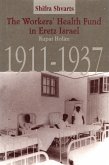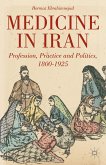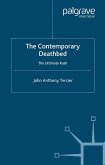In the first half of the sixteenth century, the Low Countries saw the rise of a lively market for practical and instructive books that targeted non-specialist readers. This study shows how woodcuts in vernacular books on medicine and astrology fulfilled important rhetorical functions in knowledge communication. These images guided readersâEUR(TM) perceptions of the organisation, visualisation, and reliability of knowledge. Andrea van Leerdam uncovers the assumptions and intentions of book producers to which images testify, and shows how actual readers engaged with these illustrated books. Drawing on insights from the field of information design studies, she scrutinises the booksâEUR(TM) material characteristics, including their lay-outs and traces of use, to shed light on the habits and interests of early modern readers. She situates these works in a culture where medicine and astrology were closely interwoven in daily life and where both book producers and readers were exploring the potential of images.
Hinweis: Dieser Artikel kann nur an eine deutsche Lieferadresse ausgeliefert werden.
Hinweis: Dieser Artikel kann nur an eine deutsche Lieferadresse ausgeliefert werden.








